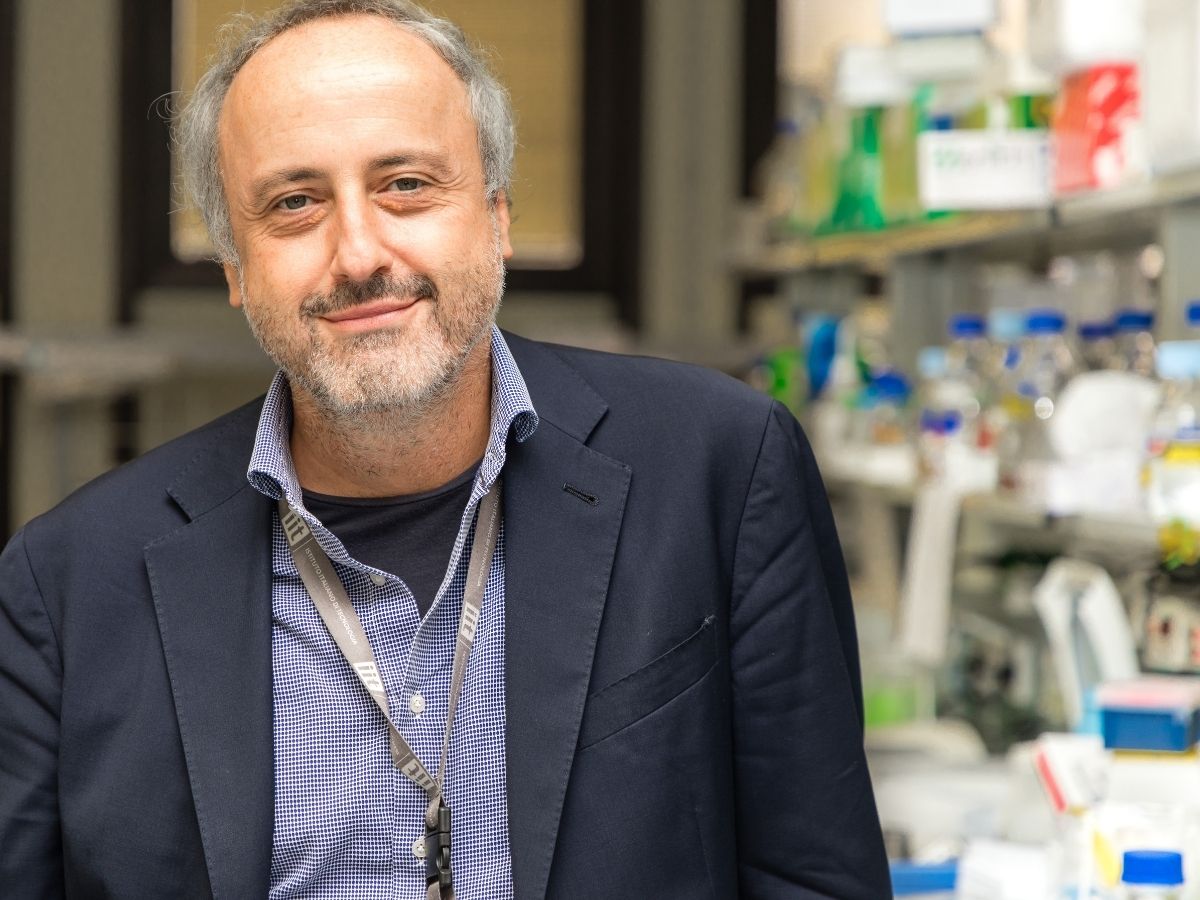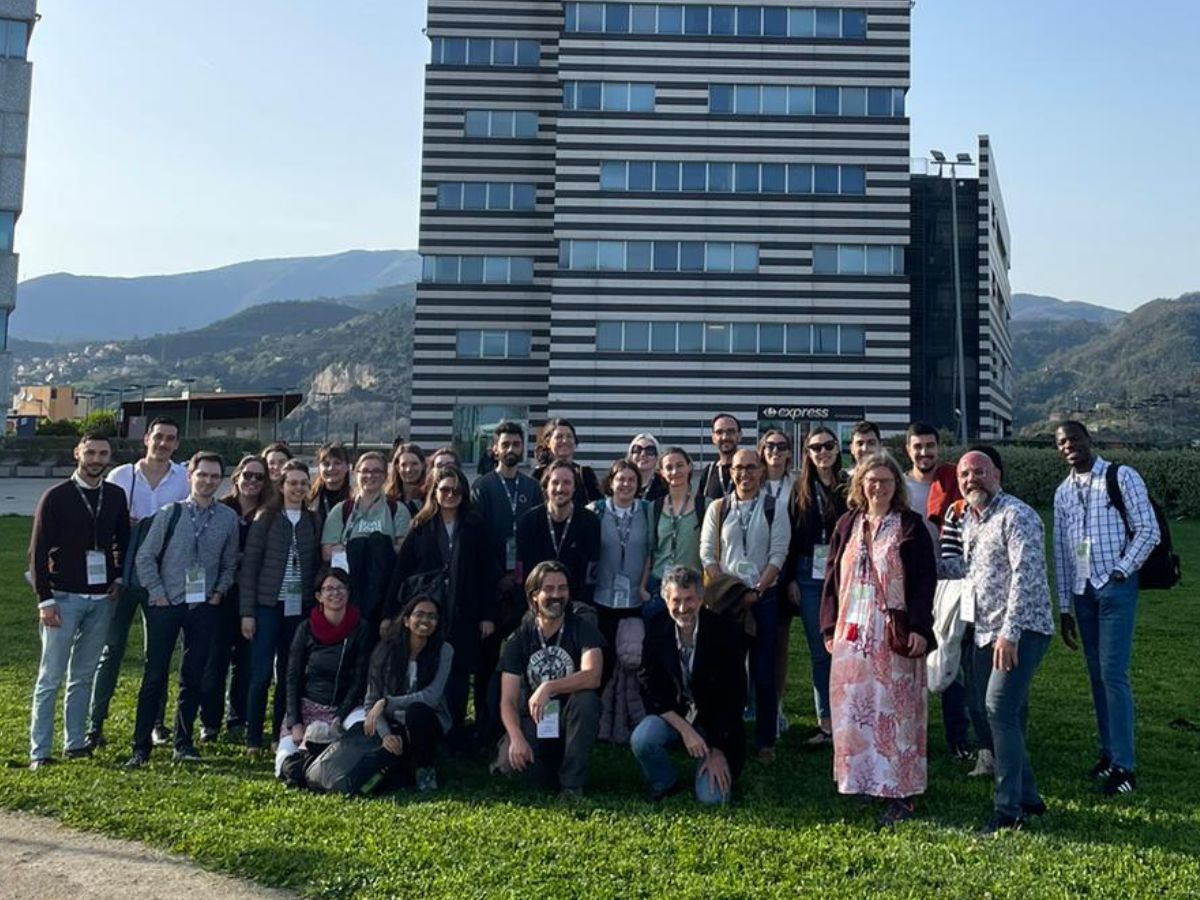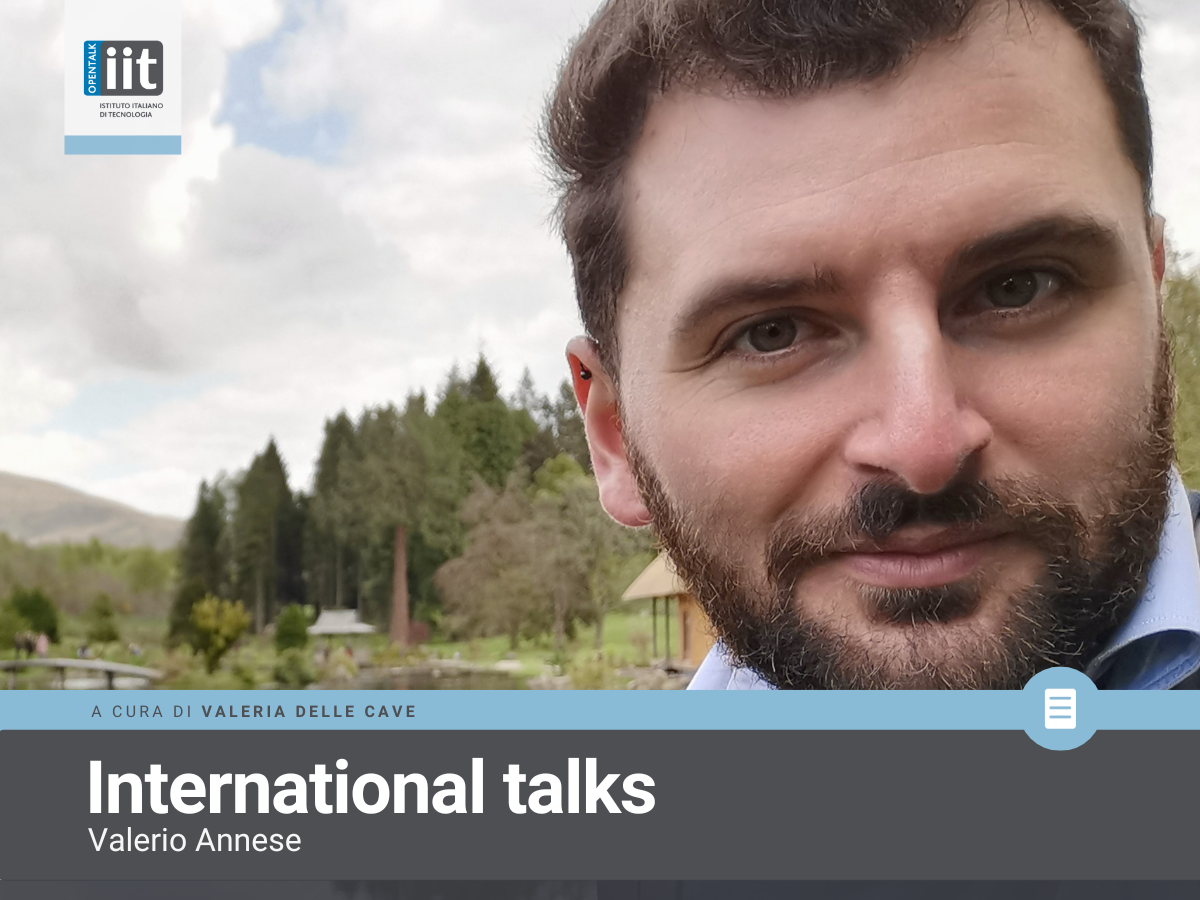Stefano Gustincich, director of IIT’s Central RNA Lab, at the UNAMSI ‘ZoomCovid19’ meetings.
With the introduction of anti-COVID19 vaccines, the news coverage of the pandemic period has been enriched by new terms linked to methods that are changing the world of medicine: ‘RNA technology’. Stefano Gustincich, director of IIT’s Central RNA Lab, spoke about this new terminology and its broader meaning as part of the ‘ZoomCovid19’ online seminars organised for its members by UNAMSI, Unione Nazionale Medico Scientifica di Informazione, the National Union for Medical Scientific Information. The UNAMSI seminars hosted leading experts in various fields affected by the pandemic, including those who have had the greatest media exposure, such as infectious diseases specialist Professor Massimo Galli and immunologist Professor Alberto Mantovani. They talked about their human and professional experience developed through the events caused by the Sars-CoV-2 virus.
RNA technology, which underpins the vaccines for COVID19 manufactured by Pfizer/BioNTech and Moderna, and that has also already been used to test vaccines combating Zika and Ebola, represents a ‘revolution’ for medicine. Gustincich described them, outlining their technical characteristics and pointing out that not only have they changed attitudes to vaccines, but that they represent the starting-point for defining an entire category of drugs capable of fulfilling the need for personalised medicine. Over the last five years, and before COVID19, both private investments, and the market capitalisation of companies, for RNA therapies have tripled, to $3 billion and $50 billion respectively. About 500 new drugs based on RNA technology are in the clinical trial phase, and five of these are awaiting decisions from EMA and FDA.
RNA technology began as part of genomics studies, which began 20 years ago with the Human Genome Project and have continued their very rapid development over the years, with the aim of understanding the human body’s genetic variability and how this can affect the onset of diseases and the response to their respective treatments. Gustincich provides an example from diseases in the autistic spectrum, for which mutations have been identified in 400 different genes; but also tumours, because every oncological patient is different from others, as there are many possible frameworks for genomic alteration. In order to understand the disease and personalise therapy, genomics begins by studying the patient’s genome, in other words by extracting the information contained in the genes that make up the DNA. Gustincich is working on this directly as part of the ‘5000 genomes for the Aosta Valley’ project, of which he is scientific director together with IIT’s Andrea Cavalli; the project aims at sequencing around 1,000 genomes a year for five years, of patients suffering from neurodevelopmental, neurodegenerative and oncological diseases. The project involves the construction of a centre in Aosta, now nearing completion, for genomic and big data analysis which, through integration with the regional health system, will make it possible to perform early diagnosis and provide personalised therapies for patients being treated in local hospitals.
In the COVID19 field, this approach to studying patients’ genomes has led to a recent study, published in Nature Medicine (link), in which IIT researchers, in particular Claudia Giambartolomei, Gian Gaetano Tartaglia and Gustincich, working in cooperation with the Harvard Medical School and EMBL, have discovered genomic variants that can be correlated with the severity of the disease.
Messenger RNA (mRNA) is simply the result of copying (transcribing) DNA, and it constitutes the method used by our cells to read the instructions needed to build the chains of amino acids that make up proteins. Gustincich mentions the example of haemoglobin, the protein found in red blood cells that performs oxygen transport. The haemoglobin gene, written into the DNA, is transcribed into mRNA, in other words, the code needed to define the chain of amino acids that make up the protein. In recent years, the existence of RNAs that are not linked to protein production, therefore called ‘non-coding RNAs’, and which perform other specialised functions within the cell, has been discovered. At IIT, Gustincich coordinates a scientific programme dedicated to the study of these RNAs, the RNA Initiative (https://www.iit.it/it/web/irna), which involves over twenty Principal Investigators at IIT, specialising in genomics, computational biology, imaging and nanotechnology, in order to study possible applications in oncology and neuroscience. Gustincich’s degree of commitment is further demonstrated by the fact that he is the founder of an IIT biotech start-up, Transine Technologies, focused on technology based on non-coding RNA.
Lastly, RNA is at the heart of the SARS-CoV-2 virus because, like every coronavirus, it consists of an RNA strand stored in a capsid. Once isolated by Chinese scientists, a few weeks later its RNA sequence was on the internet, available to the entire international scientific community. That was when the story of the vaccine for COVID19 began, and its origins lie in the knowledge about RNAs that has already been developed by means of genomics. Gustincich explained that a vaccine’s role is to teach the immune system to recognise a virus, training it by using viral variants that are less pathogenic but have the same capsule – which acts as the ‘face’ that the immune system can identify and destroy. In the case of an RNA-based vaccine, instead of inoculating the attenuated virus, the mRNA encoding the virus capsid protein, called the Spike, used to hook onto human cells, is inoculated. The virus is therefore present only in the form of its own ‘face’, it is non-pathogenic, and it allows the immune system to train its response. This is an extremely versatile technology, making it possible to manufacture vaccines against new variants in a very short time. The vaccine was developed in just 11 months.
At the end of the meeting, Gustincich emphasised the importance of genomics for prevention, diagnosis and treatment, and how it would be useful to place 30 years of knowledge at the service of citizens’ health by means of medicine’s ‘genomisation’.
The final question that he was asked by a UNAMSI journalist was about the number of companies in Italy investing in RNA technology. Unfortunately the answer was: none. Our country is not part of this revolution, at least for the moment.





